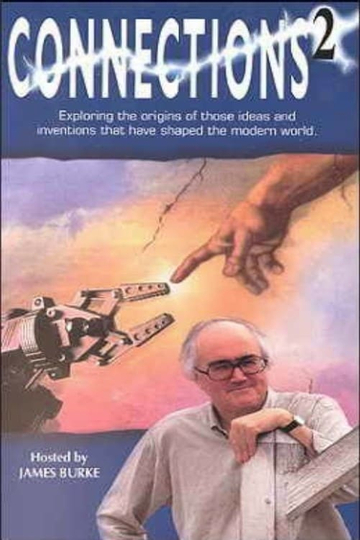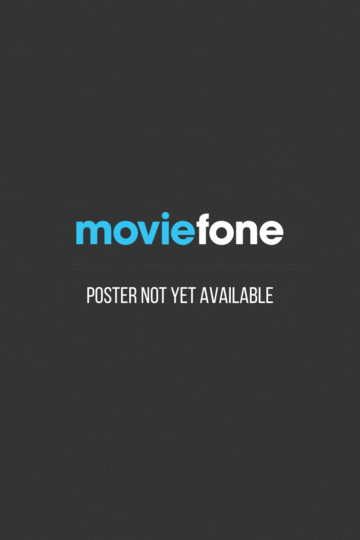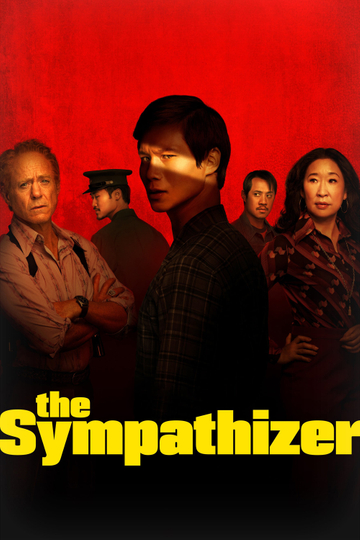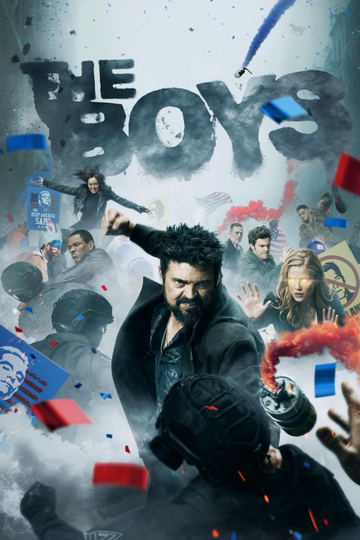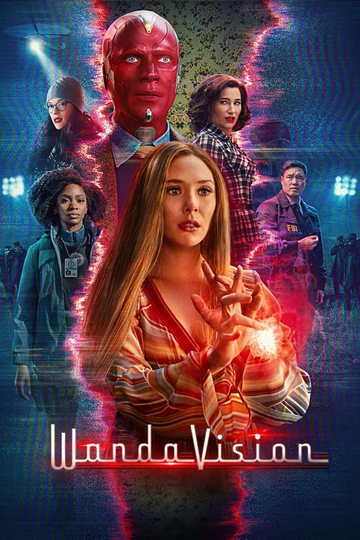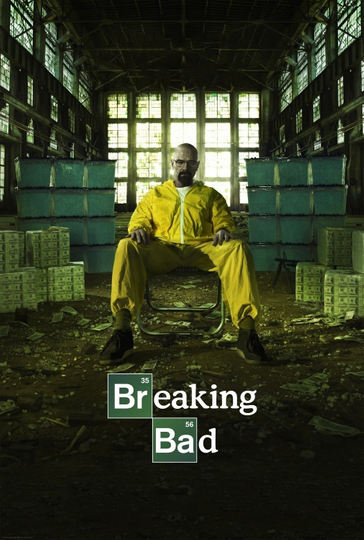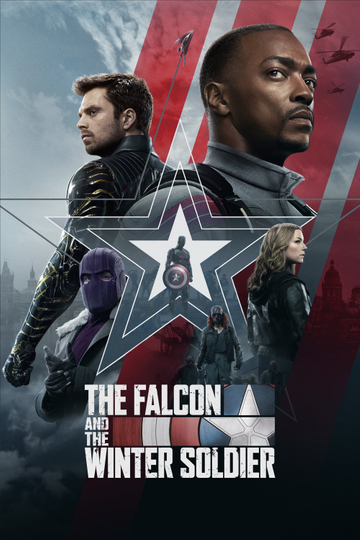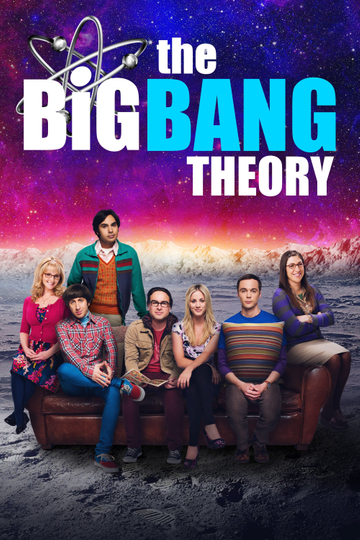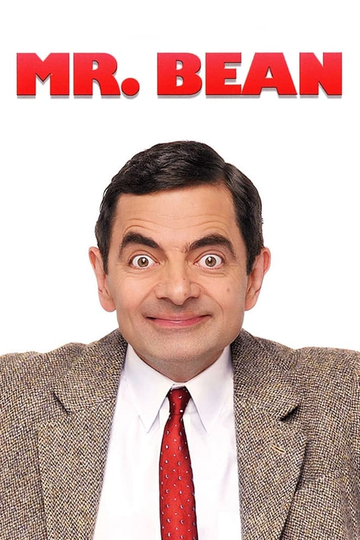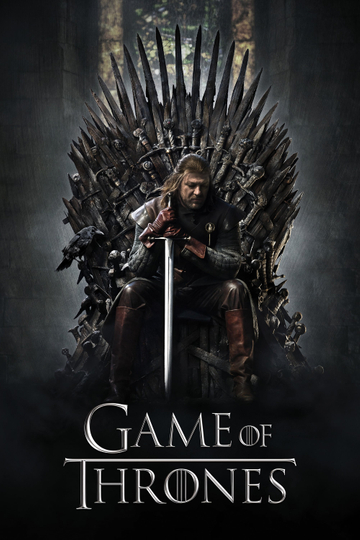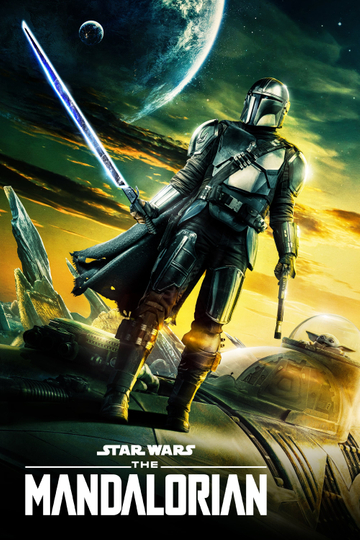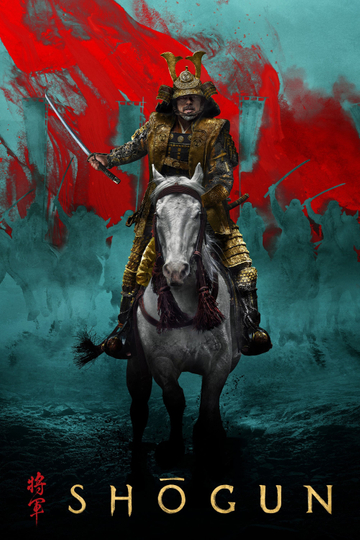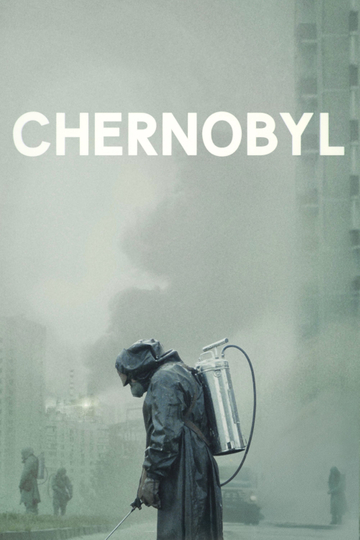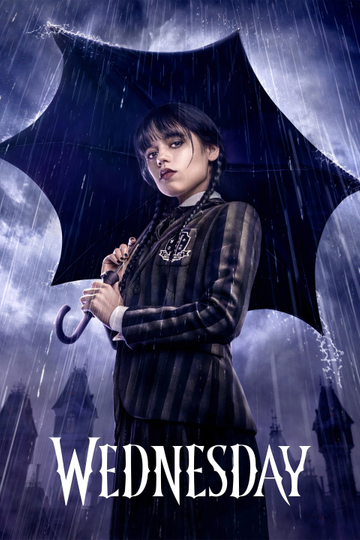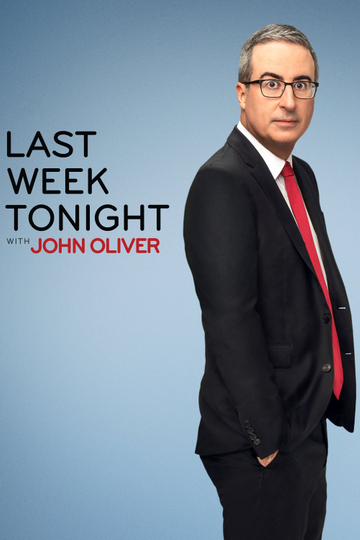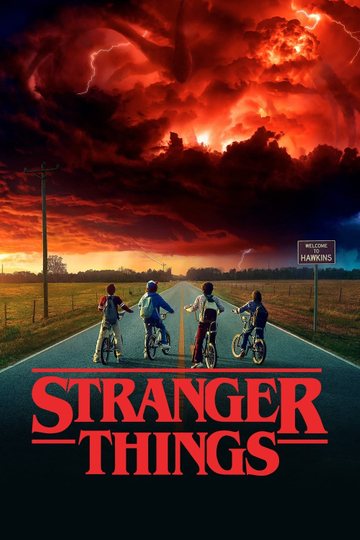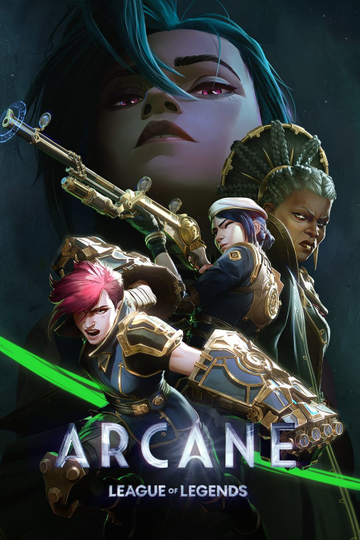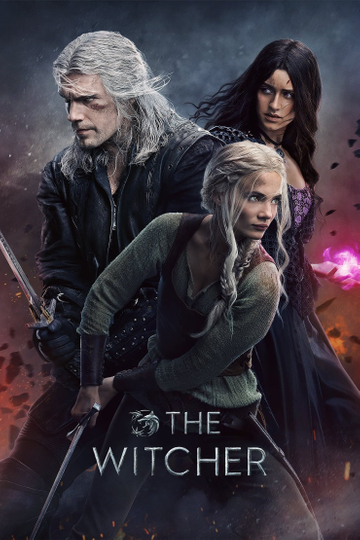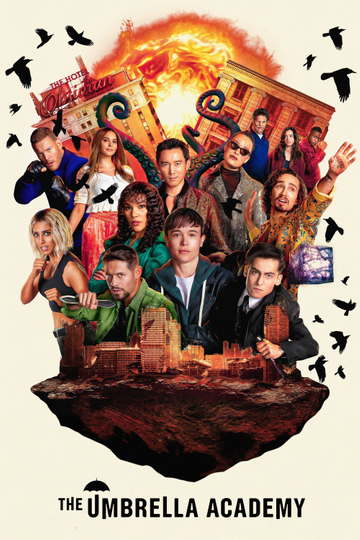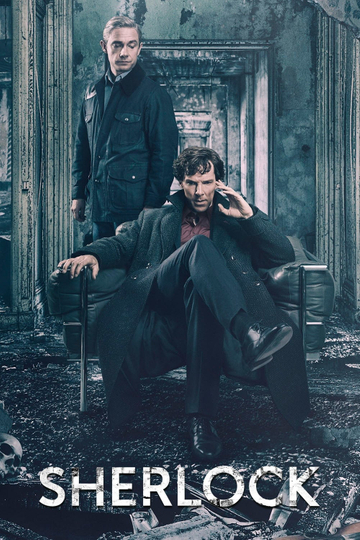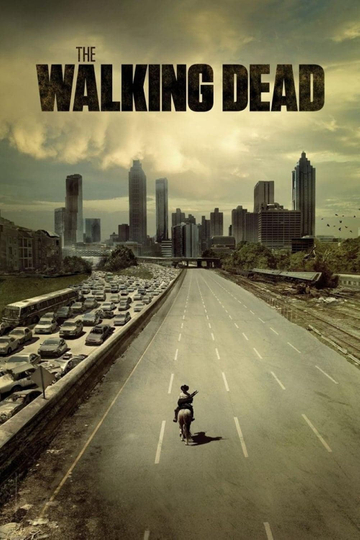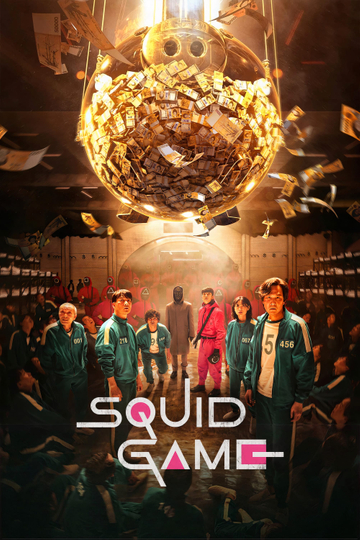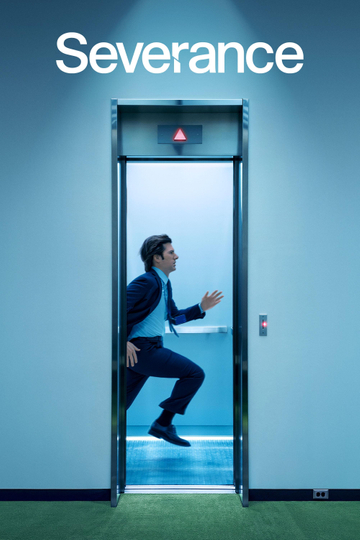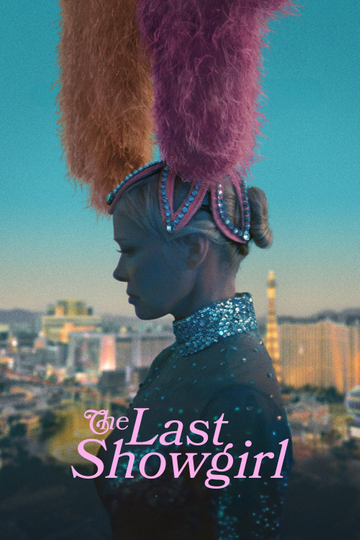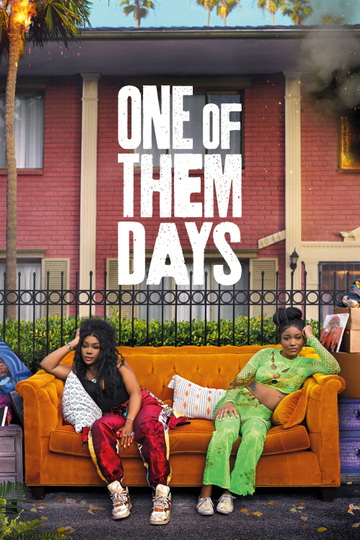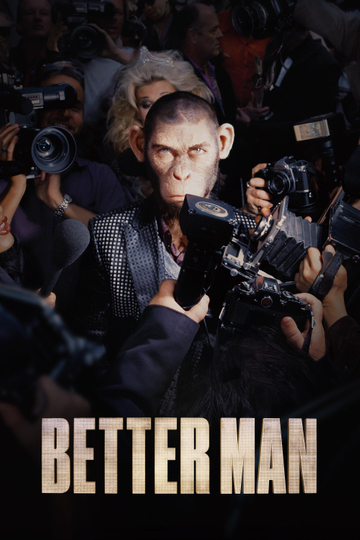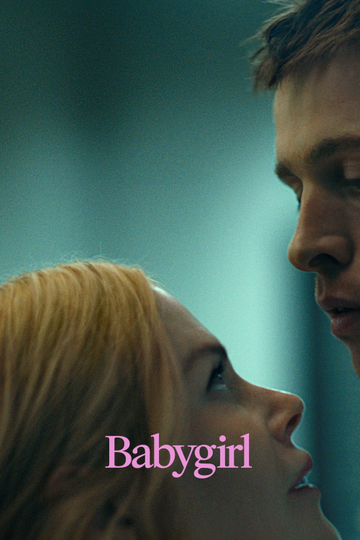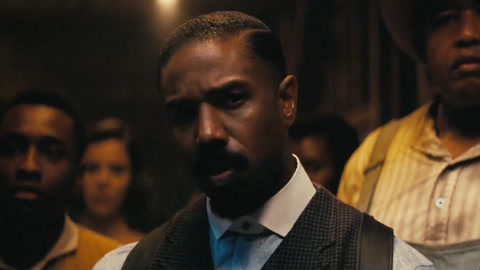Season 1 Episodes
1. Revolutions
What do all these things have in common—three grandfathers' lifetimes, two revolutions, 1750 Cornish steam engines for Cornwall's tin mines, water in mines, pumps, steam engines, Watt's copier, carbon paper, matches, phosphorus fertiliser, trains and gene-pool mixing, travelling salesmen, 24-hour production, educated women, the telephone, high-rise buildings, Damascus's swords, steel, diamond, carborundum, graphite, oscilloscope, television, Apollo space program, X-ray crystallography, DNA and gene therapy? You will learn these things in the first episode of Connections2, "Revolutions".
2. Sentimental Journeys
What do these have in common – Freud, lifestyle crisis, electric shock therapy, hypnotherapy, magnetism, phrenology, penology, physiology, synthetic dyes, the Bunsen burner, absorption, Fraunhofer lines, astronomical telescopes, chromatic aberrations, and surveying? Follow James Burke on the trail of discovering the connections between these and others in "Sentimental Journeys".
3. Getting it Together
James Burke explains the relationship between hot air balloons and laughing gas, and goes on to surgery, hydraulic-water gardens, hydraulic rams, tunnelling through the Alps, the Orient Express, nitroglycerin, heart attacks and headaches, aspirin, carbolic acid, disinfectants, Maybach-Gottlieb Daimler-Mercedes, carburetors, helicopters, typewriters, punch cards, and IBM.
4. Whodunit?
This episode starts with a billiard ball and ends with a billiard ball. Along the way, Burke examines Georgius Agricola's De Re Metallica, how mining supported war, the role of money, the Spanish Armada, large ships, problems posed by a wood shortage, glass making, coal, plate glass, mirrors, the sextant, the discovery of granite, and seashells in the mountains, which enabled a new view of the age of the earth, and Darwin's theory of evolution, Francis Galton's Eugenics, and the forensic use of fingerprints.
5. Something for Nothing
How do space shuttle landings start with the vacuum which was forbidden by the Church? Burke takes us on an adventure with barometers, weather forecasting, muddy and blacktop roads, rain runoff, sewage, a cholera epidemic, hygiene, plumbing, ceramics, vacuum pumps, compressed-air drills, tunnels in the Alps, train air brakes, hydroelectric power, the electric motor, Galvani's muscle-electricity connection, Volta's battery, and gyroscopes.
6. Echoes of the Past
The past in this case starts with the tea in Dutch-ruled India, examines the Japanese tea ceremony, Zen Buddhism, porcelain, the architecture of Florence, Delftware, Wedgwood, Free Masons, secret codes, radio-telephones, cosmic background radiation and—finally – radio astronomy, which listens to "Echoes of the Past".
7. Photo Finish
Another series of discoveries examined by Burke includes Eastman Kodak's Brownie, the disappearing elephant scare of 1867, billiard balls, celluloid as a substitute for ivory, false teeth that explode, gun cotton, double shot sound of a bullet, Mach's shock wave, aerodynamics, nuclear bombs, Einstein's relativity, Einstein's selenium, movie talkies, the vacuum tube amplifier, radio, railroad's use of wood, coal tar, gas lights, creosote, rubber, the Zeppelin, the automobile, and finally how Adeline vulcanises tires.
8. Separate Ways
Burke shows how to get from sugar to atomic weapons by two totally independent paths. The first involves African slaves, Abolitionist societies, Sampson Lloyd II, wire, suspension bridges, galvanised wire, settlement of the Wild West, barbed wire, canned corn, and cadmium. The second path involves sweet tea, rum, a double boiler, the steam engine, Matthew Boulton, English currency, the pantograph, electroplating, and cathode ray tubes.
9. High Times
The connection between polyethylene and Big Ben is a few degrees of separation, so let us recount them: polyethylene, radar, soap, artificial dyes, color perception, tapestries, Far East goods, fake lacquer furniture, search for shorter route to Japan, Hudson in Greenland, the discovery of plentiful whales, printing the Bible, Mercator map, Martin Luther's protest, star tables, Earth as a flattened sphere, and George Graham's clock which of course leads to Big Ben.
10. Deja Vu
James Burke provides evidence that history does repeat itself by examining the likes of black and white movies, conquistadors, Peruvian Incas, small pox, settlements that look like Spain's cities, the gold abundance ending up in Belgium, Antwerp, colony exploitation, the practice of burying treasure to avoid pirates, Port Royal's pirates, earthquakes, the College of William and Mary, military discipline, Alexander Humboldt's observation on the environment, Ratzel's superstate Lebensraum, and Haushofer's world domination.
11. New Harmony
A dream of utopia is followed from microchips to Singapore, from the transistor to its most important element, germanium, to Ming vases and cobalt fakes (which contribute to the blue in blue tiles used in special Islamic places), and mosaics in Byzantium, the donation of Constantine, Portuguese navigation by stars, the "discovery" of Brazil, Holland's tolerance, diamond merchants, optics, microscopes, beasts of science, Frankenstein's monster, and finally New Harmony.
12. Hot Pickle
Burke starts out in a spice market in Istanbul where you can find hot pickle, recounts the taking of Constantinople by the Turks in 1453, follows the trail of pepper, tea, and opium and the exploitation of addicts, moves to the jungles of Java, then to zoos, the use of canaries as carbon monoxide detectors, how George Stephenson used his consolation prize to build a locomotive, which led to the battle between the Monitor and the Merrimack. Next we visit a sea island off the coast of South Carolina, where children of slaves are schooled. By the way, they picked cotton, which leads us to gaslight and air conditioning. Georgia Cayvan's glass dress leads to the neodymium glass laser, (which was used in the Gulf War). And the armed switch for firing a missile is also called a "hot pickle".
13. The Big Spin
The Big Spin is what California's lottery TV show is called. And lottery being a game of chance, from here Burke takes us through Alexander Fleming's chance discovery of penicillin, to Rudolf Virchow's observation that contaminated water is related to health, to Schliemann's search for the City of Troy, the theft of a discovered treasure, and to Virchow's criminology. From there we proceed to anthropology, the classification of life forms, Francis Bacon, the statistics of mortality, life expectancy, statistical math, Priestley's carbonated water, the soda fountain, petroleum oil, some French fossil hunters, seismology, and impossible-to-predict earthquakes.
14. Bright Ideas
Gin and tonic was invented to combat malaria in British colonies like Java, which leads us to Geneva, where cleanliness is an obsession. Here, tonic water was sealed with a disposable bottle cap, and razors became disposable, leading us to Huntsman's steel, invaluable for making clock springs. We take a little trip through lighthouses, the education of orphans, psycho-physics, the law of the just noticeable difference, which is the idea behind stellar magnitudes, which leads us to discovering the size of the universe.
15. Making Waves
A permanent wave in ladies' hair is aided by curlers, and this leads us to explore borax, taking us to Switzerland, Johann Sutter's scam, and Sutter's Mill, and that means the discovery of gold leading to the 1848 California gold rush. Americans then cut into the English tea market with the aide of the Yankee Clipper, which played a big role in the gold rush. A fungus from America created the Irish potato famine, resulting in the importing of corn, but laws prevented the Yankee clippers from being used until it was too late to save Ireland. Finally, the laws were changed, leading to franking fraud, which was overcome by special printing of postage stamps, which gave us wallpaper, and a thickening agent, leading us to the Canal du Midi, the American war for independence, resettlement in Scotland, highlanders in Nova Scotia and—finally—the RMS Queen Elizabeth II.
16. Routes
Jethro Tull, a sick English lawyer, recuperates sipping wine and contributes the hoe to help fix farming problems. Farm production is not going so well in France, either. François Quesnay (doctor of King Louis XV's mistress) suggests a solution based on his complete misunderstanding of English farming techniques. Laissez-faire was his erroneous idea. It also got the people to demand social laissez-faire. His inciting the public's rebellion against the monarchy led to France's invasion of Geneva. The French Revolution led to personal exploration of the senses. Berlin doctor Müller reasoned that each sense does a different job and the nervous system analyses what the senses are telling one. Helmholtz's pupil, Hertz, discovered that sound and electricity have a wave-like nature in common. Guglielmo Marconi takes this a step further by sending and receiving signals very long distances across the earth. The BBC realised that the radio waves were reflected by the ionosphere, and Hess was the first to suggest that the ionization was due to "Hess rays" later related to solar activity. But World War II started and adding machines were needed to aim artillery, so digital computing was invented. Thus was enabled the GPS which tells travelers their "Routes".
17. One Word
The one word that changed everything was "filioque", but we must make a trip to Constantinople, visit the Renaissance, meet Aldus Manutius of Venice, explore abbreviations, learn about Italic print, which resulted in an overload of books, requiring the development of a cataloguing system, which was complicated for those seeking education, where Komensky was innovating with pictorial textbooks. And that brings us to church intolerance, James Watt and the Industrial Revolution, cerium, the asteroid Ceres, Gauss's mathematics, and cultural anthropology.
18. Sign Here
Murphy's Law says you need insurance from Lloyd's of London, so pack your bags to study international law and protect yourself from piracy by calculating the probability. You better study Pascal's math for that, but you might find yourself jailed for free thinking. While you are in jail, study some sign language, or at least learn to speak better than Eliza Doolittle. Henry Higgins's waveform recordings lead you to the telephone, the invention of shorthand, the radiometer, gas flow, the Wright brothers' aeroplane, lubrication, ball bearings and a ballpoint pen so you can "Sign Here".
19. Better Than the Real Thing
Better Than the Real Thing starts in the 1890s with bicycles and bloomers and then takes a look at boots, zippers, sewing machines, and infinitesimal difference. Speaking of small, we look at microscopic germs, polarized light, sugar, coal, iron, microbubbles, the spectroscope, night vision, beriberi resulting from polished rice, chickens, war rationing, and finally, we arrive at vitamins in a pill.
20. Flexible Response
Flexible Response is a whimsical look at the myth of the English longbow, Robin Hood, sheep, the need to drain land with windmills, the effect of compound interest, decimal fractions (wrongly pointing to the USA not Russia as the first country with decimal currency, in fact USA did not exist at the time of Russian decimalization in 1704), increased productivity, the Erie Canal, railroads, telegraphs, department stores, Quaker Oats, X-ray diagnostics, biofeedback, and servo control systems in a Panavia Tornado aircraft.










